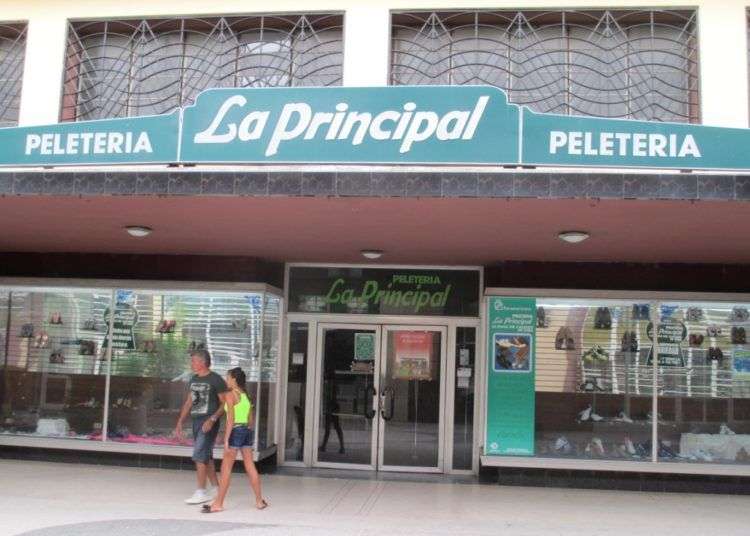In October, 2013, an Official Note published in the Granma newspaper announced the beginning of a process for a single monetary and exchange currency. It would start in the business sector, without a specific time frame or concrete instructions.
The intention of the Government to have a single currency –nowadays there is the Cuban peso (CUP) and Cuban convertible peso (CUC)– had been stated in the Guidelines of the Socio-economic Policy approved during the Sixth Congress of the Cuban Communist Party (PCC by its acronym in Spanish).
Then, stores working exclusively in CUC in Havana offered customers the possibility of paying in CUP as well. Now this has spread all over the country: it was simultaneously applied in the rest of the provinces since early June.
A report by the National News Agency (ACN by its acronym in Spanish) assured that in the eastern city of Bayamo, for instance, “the authorities chose one of the biggest commercial centers in the eastern part of the country”. Nonetheless, in Camaguey province, the largest commercial center called El Encanto was not chosen for offering this new means of payment.
Shoe store La Principal and Plaza Mercado —which offers varied articles—, are leading this experiment, which according to official sources should expand to other store chains such as TRD and CIMEX.
Both stores rely on charts and qualified staff that help customers carry out the necessary calculations, but prices are only displayed in CUC resulting in annoying calculations, which could be avoided if the commercial infrastructure were set to display prices in both currencies.
A brief opinion poll at the counters reveals certain tendency to the use of CUC over CUP, as well as an increase in the use of magnetic cards, mainly by people who served abroad and now are beneficiaries of a percentage discount. Payments in this modality usually delay the natural dynamics in view that the electronic system it is based on is not efficient.
On the outside of Plaza Mercado and La Principal there are different opposing speculative criteria on the future of the Cuban monetary system.
An old lady with a detergent bag in hand believes that “this is designed for the CUC to rule…” Her statement is based on the fact that stores will always return change and reimbursements in CUC, regardless of the currency used. Clients cannot decide what currency to take home, though they can choose what currency to use for making payments.
The same argument supports a theory by a young professional of the media. He thinks “the State in adding value to the CUP”. Stores encourage the use of CUP and at the same time they keep it.
The lack of official information on the process for a single currency –even the lack of knowledge on the expected final goal– generates uncertainty in this regard and gives room for speculation.
Then, people get the feeling that a transcendental change is on its course based on the principle of learning from mistakes, or that “they are keeping something from us”: the lack of concrete and public time schedules supports this idea.
I know about citizens who, forced to work under the effect of the rumor theory, have exchanged their savings from one currency to the other in several occasions, trying to avoid “being hit by what’s coming”. This is so regardless of statements by the Government assuring that the monetary system will not have a negative effect over the incomes legally earned by the population.
One CUC equals 25 CUP. Then, the only advantage in being able to pay with either currency is to avoid stopping by Exchange Houses (CADECA by its acronym in Spanish) –troublesome because of the long lines– to exchange their wages in CUC to be able to buy basic products such as cooking oil or powder milk, as long as the chosen stores in each municipality offer this new service.
People in Cuba demand a single currency to be paid in and to pay back; however, the main issue is to rely on a currency that allows adequate access to goods and services.
In the end, one peso equals five pesetas (one peseta in Cuba equals 20 cents). This new facility has nothing to do with the real purchasing capacity of most Cubans, which remains still and occasionally decreases as a result of the famous relation “offer and demand”.










